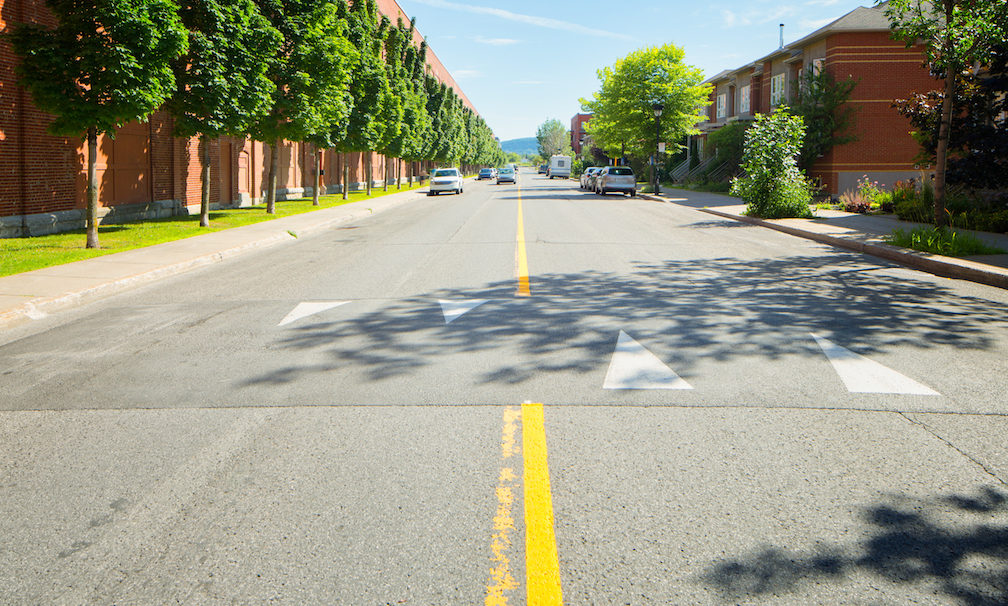The success of many Toward Zero Deaths National Strategies rely on our infrastructure. Even simple innovations in the way we design and build our roadways can lead to safer conditions for pedestrians, cyclists and motorists.
One of the most simplistic examples of the way infrastructure interacts with another safety emphasis area is speed management. Specifically, speed humps and roundabouts. These two implementations of infrastructure play a drastic role in changing the behavior of the motorists who use the roadway.
First, we need to clarify that a speed hump is different from a speed bump. A speed bump is an abrupt raised area on the pavement. This is generally what you’ll see in a parking lot. These speed bumps make drivers slow to about 5 mph in order to avoid driver discomfort. Speed humps, on the other hand, are gradual raised areas of pavement. They extend across the entire width of a roadway and are generally 22 feet long. Research has shown that they successfully “create a gentle vehicle rocking motion which results in most vehicles slowing to 15 to 20 mph at each hump, and 25 to 30 mph between properly spaced humps in a system.” Painted markings and signs alert motorists to their presence.

The implementations of roundabouts also contribute to speed management. They are designed to have an optimum entering speed and a maximum speed limit within the the circle. Drivers must slow down to yield to traffic before entering a roundabout and speeds typically drop to 15-20 mph while inside the roundabout. Also, removing the traffic light eliminates the incentive to speed up in order to make it through an intersection before the light turns red. Simple infrastructure strategies like these play a major role in influencing driver behavior and increasing safety for all roadway users. This is why we encourage you to break down interdepartmental walls and work collaboratively. If we do so, we will be on our way Toward Zero Deaths.

Sources:
http://www.stmarysmd.com/docs/speedbumpsvshumps.pdf
https://www.wsdot.wa.gov/Safety/roundabouts/benefits.htm
